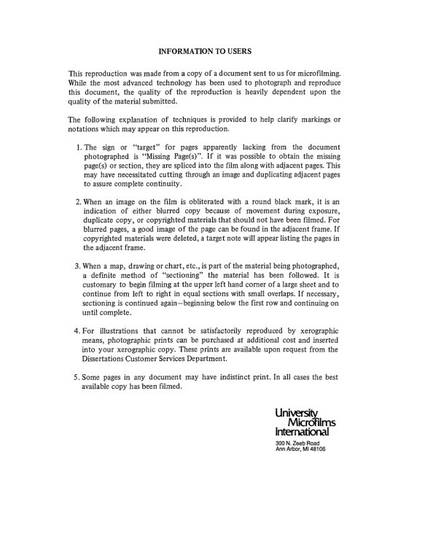
The research involved the study of adherence-associated properties of Moraxella bovis, the primary etiologic agent of infectious bovine keratoconjunctivitis (IBK). M. bovis 118F, an isolate from a naturally occurring infection of IBK, and a UV-derived mutant, 118F/4-2, were utilized;Negative stain preparations demonstrated that 118F readily expressed pili when grown on bovine blood agar while 118F/4-2 was essentially nonpiliated. The average diameter of pili was 5.5 nm. Hemagglutinating ability was not inhibited by a variety of sugars including D-mannose and correlated with the degree of piliation;Surface hydrophobicity was evaluated using hydrophobic interaction chromatography. M. bovis 118F readily adsorbed to the hydrophobic gels and was not easily desorbed. In contrast, 118F/4-2 was desorbed to a high degree;In vitro assays, measuring the adherence of radiolabeled M. bovis, both to bovine corneal and conjunctival epithelial cells in culture and to intact epithelium were developed. In both assay systems and with both cell types, M. bovis 118F adhered in significantly higher numbers than did 118F/4-2;Scanning electron microscopy of corneal and conjunctival epithelium revealed a predilection of M. bovis for dark epithelial cells, that is, those cells with few microvilli. Bacteria were often seen in association with depressions in the tissue surface and along intercellular junctions;Both in vitro adherence assays were used to evaluate the effect of Mycoplasma bovoculi preinfection on the adherence of M. bovis 118F. Overall, M. bovoculi infection decreased the number of adhering M. bovis organisms. However, the difference in adherence of M. bovis to M. bovoculi infected versus uninfected epithelium was not considered to be significant;In summary, the expression of pili correlated with hemagglutinating ability, surface hydrophobicity, and in vitro adherence to bovine corneal and conjunctival epithelial cells. The data strongly suggest that hydrophobic interactions contribute to the mechanisms by which M. bovis adhere to epithelial cells. Finally, in contrast to recent reports showing enhanced colonization of M. bovis in M. bovoculi infected calves, the interaction between these organisms, based on adherence, could not be conclusively demonstrated with these in vitro assay conditions.
Available at: http://works.bepress.com/susan_jackman/6/
